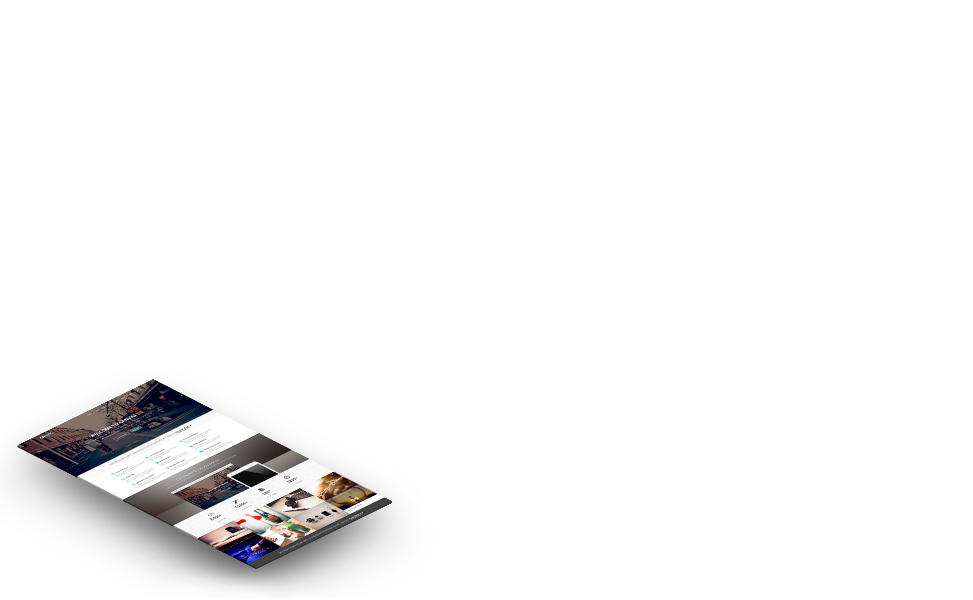

- #Three canvas responsive resize code#
- #Three canvas responsive resize trial#
- #Three canvas responsive resize windows#
You can just find these numbers by trial and error based on your scene scale, or use some heuristic to compute it. So this is a generic implementation of that example. We like the behavior of 1/2.Ĭonst camH = Math.tan((myFov/2))Ĭonst newFov = (Math.atan(newH)) * 2 So the aspect of 1/2 is ideal and aligns with the image with no overflow or gaps. But when we go to 1500px x 500px we see gaps. Now when we apply the usual resize logic: cam.aspect = aspectĪnd we resize the screen to 500px x 500px we get your result. Based on content changes, such as expansion/contraction of a DynaRange or stored View. If you write expressions or formulas in the X, Y, Width, and Height properties of a control, youll overwrite those expressions or formulas if you later drag the control to a different location or resize the control by dragging its border.
#Three canvas responsive resize windows#
Click on the Responsive dropdown menu in the Page Layout, and choose your device, or customize the screen size you wish to check your Canvas on. To test responsive behavior, save and publish your app, and then open it on devices or in browser windows of various sizes and orientations. There is only one ever position of the camera that would render this mesh to fit a 1000px x 500px screen: = heightHalf / Math.tan( (myFov/2)) There are three levels inside of a Canvas: The Canvas itself, i.e. If the image was sitting on a mesh, const image = new THREE.Mesh(new THREE.PlaneGeometry(1000,500))Īnd if you picked some constant fov: const myFov = 45 This gives us a height of 750px, and we can only fit 500px. We want the 1000px of the image width to fit 1500px, so we will scale the image up by 1.5x. Resizing the canvas is an interesting part of the canvas spec and its best not to set the same size if its already the size we want. The aspect ratio of that is 3:1, and the entire thing is 2:1. We want the image to “fill the entire window”, so it needs to cover the 1500 x 500. Ok we don’t want that, so we need to do something to the image.

You’d see the entire image and 250px x 500px gaps on both sides.
#Three canvas responsive resize code#
You’re doing that in your code and you experience what would be seen as a gap in the example demo. Let’s resize it to be wider than the image, 1500px x 500px. This is cool and it’s how THREE.PerspectiveCamera behaves “by default”. So now at 500px x 500px we have overflow in the horizontal axis. Cool, lets make the window narrower first, 500px. When you set your window to be 1000px x 500px it exactly aligns with the image, no overflow no gaps on either side. Let’s say the image has an aspect ratio of 2:1. You could use a bounding box, geometric checks and whatnot, but the easiest thing would be to just pick some world size rectangle, and apply the same logic you would to an image/quad.

What you need is something that relates to both that camera.fov and your subject, you need to frame it somehow. I had a lot of problems with that, because after all of that my line graphic looked terrible when mouse hovering and I found a simpler way to do it, hope it will help :) Use these Chart.js options: // Boolean - whether or not the chart should be responsive and resize when the browser does. You don’t have that, and only have height basically by setting camera.fov. They have the width and height available to them and can apply it to logic. The example you’ve posted seems to be working with an image, you seem to be working with a mesh.


 0 kommentar(er)
0 kommentar(er)
